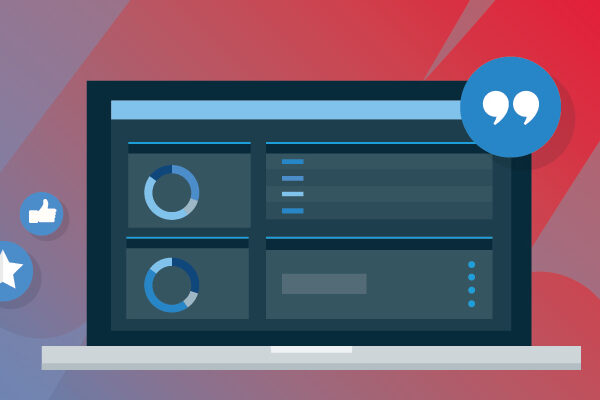Downtime: The True Cost of a Ransomware Attack
Most businesses aware of the risk of ransomware are also attuned to the demands bad actors include in their attacks – the demand of a ransom payment to release the files that they’ve maliciously encrypted. These payments range depending on the ransomware operators and can go anywhere from a few thousand dollars to millions. Take Ryuk ransomware for example – Ryuk is responsible for one-third of ransomware attacks in 2020 thus far and is known for ransomware demands in the multi-million dollar range. But even if a business can make a ransom payment, they may face longer-term financial consequences as a result of an attack.
Downtime is a common, yet unanticipated side effect of a successful ransomware attack. Without the right solutions in place to get business operations back up and running, downtime is virtually inevitable. When bad actors fail to decrypt their victim’s files, businesses are unable to operate, preventing the business from carrying out essential functions of business such as sales, communication with clients, and more. This is often immensely more costly for businesses than the ransom demand itself – up to 50X more. So how can a business avoid downtime after an attack?
Take a look at our infographic, Ransomware and the Cost of Downtime, to learn more about downtime and how businesses can avoid it. Download the infographic today for your own digital copy and a print version you can share with clients and prospects.




